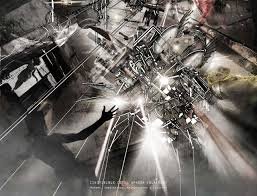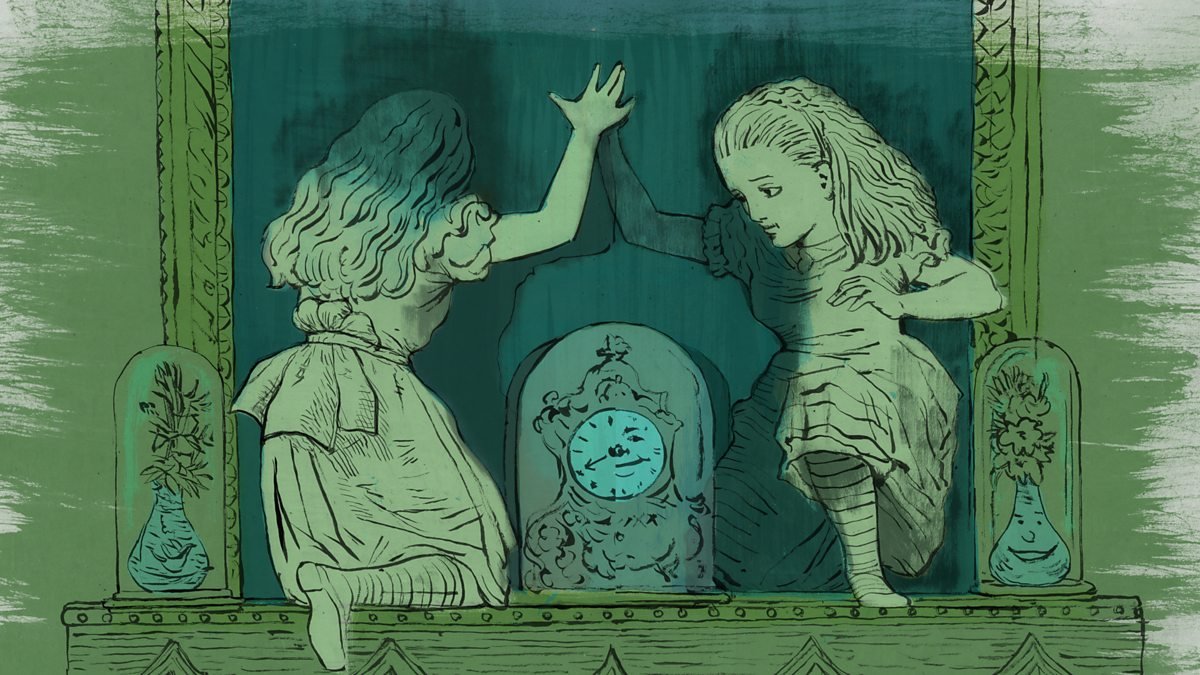Dissociation is often described as a disruption of memory, identity, or perception, but it is better understood as a complex reorganization of consciousness itself. It is not the mind breaking down; it is the mind rearranging its internal architecture in order to survive. Dissociation is the psyche’s architectural response to experiences that exceed its capacity to process — moments when pain becomes unassimilable and the mind must choose between fragmentation and adaptive division. In this division, memory becomes the raw material from which the psyche builds new compartments, new walls, new distances.
The phenomenon begins when the emotional intensity of an event surpasses the system’s tolerance. Instead of integrating the experience into autobiographical memory — the narrative that binds one’s past to one’s present — the mind diverts the information to a parallel track. This is not forgetting; it is rerouting. The memory is stored, but without the usual sensory, emotional, and temporal bindings. The event becomes an object without gravity: present yet unanchored, known yet inaccessible. In clinical terms, dissociation is a failure of integration; in psychological terms, it is a protective partitioning of experience.
What makes dissociation unique is that it does not simply remove memory from awareness — it reorganizes the internal world around the absence. A dissociated memory becomes a silent room inside the psyche, one that cannot be entered but influences the layout of the entire structure. The individual walks through their days with blind walls and sealed corridors, unaware that their behaviors, fears, or emotional patterns echo from these hidden chambers. Memory is not gone; it is dislocated. The self that emerges from this architecture is coherent on the surface but discontinuous in its foundations.
Neuroscientifically, the process is linked to a breakdown in communication between the hippocampus, which encodes context, and the amygdala, which encodes emotion. Under extreme stress, the amygdala floods the system with fear while the hippocampus fails to organize the experience into a coherent narrative. The result is memory without time. Dissociated memories feel as though they float outside the linear sequence of life. They do not age, and because they do not age, they do not heal. They remain “present” regardless of how many years pass, which is why a dissociated individual may feel sudden fear, shame, or panic without understanding the source. The body remembers what the narrative self cannot access.
From a phenomenological perspective, dissociation creates a dual experience of selfhood. There is the “experiencing self,” who moves through daily life, and the “observing self,” who watches from a distance. This distance is not detachment by choice but an enforced split — the mind stepping back from its own immediacy to reduce the impact of emotional shock. Many describe it as living behind glass, hearing life rather than participating in it, or feeling like a character in someone else’s story. The world loses its tactile immediacy; meaning becomes abstract; emotions become echoes rather than sensations.
Memory, in this state, loses its narrative continuity. Instead of forming a coherent timeline, the past becomes a constellation of isolated fragments — vivid impressions disconnected from one another. These fragments may intrude suddenly, triggered by sounds, smells, or subtle sensory cues. When they appear, they do so with the rawness of unprocessed experience. Dissociation freezes memories at the moment of trauma; each intrusion is a reopening of a wound that was never allowed to close. This explains why dissociated individuals often feel like their past is not past at all but an alternate reality running parallel to their present existence.
Psychodynamically, dissociation reflects an internal conflict between the part of the self that wants to survive by forgetting and the part that seeks coherence by remembering. The psyche cannot fully integrate traumatic experience without risking overwhelming emotional collapse, yet it cannot completely erase it. Thus it splits — maintaining survival while preserving truth in a quarantined form. This is why dissociation is not merely a symptom but a structure: it organizes the inner world around what must not be felt. Identity becomes distributed across compartments, each holding different aspects of experience, emotion, and memory.
At its extreme, dissociation can lead to discontinuities in identity itself. But even in subtler forms, it shapes personality. People who dissociate chronically often become experts at adaptation — fluid, observant, hypervigilant — because they must constantly navigate internal boundaries. They learn to function while ignoring the silent gravitational pull of hidden memories. They appear calm but carry unspoken storms; they appear unaffected but are carefully managing the distance between themselves and their own history.
Healing from dissociation requires more than remembering. It requires reweaving fragmented experience into a coherent felt narrative. Memory must regain its emotional context; the sealed rooms must be slowly reopened, their contents integrated into the larger architecture of the self. This process is not simply cognitive — it is deeply somatic. The body must relearn safety so that the mind can risk proximity to the past. Only then can dissociated memories take their rightful place in the timeline of life, losing their frozen immediacy and becoming events that happened rather than states that continue to occur.
Ultimately, dissociation reveals a profound truth: the mind’s primary drive is survival, even at the cost of coherence. When reality becomes too painful, the psyche does not break — it rearranges. It builds internal structures that protect the vulnerable core, even if that protection requires a lifelong negotiation with the hidden architecture of memory. Dissociation is not weakness; it is ingenuity. It is the mind’s attempt to remain whole when faced with the unbearable, a testament to human resilience — and a reminder that even the most divided psyche is striving toward unity.





